What’s in a name? Pope’s choice signals a commitment to social justice
VATICAN CITY - Robert Prevost, the first American pope, chose the name Leo XIV.
Pope Leo XIV ‘s choice of name signals a commitment to social justice which is very much in line with the late Pope Francis ' global ministry.
“I think a lot us had a question mark when they elected an American, and then he selected the name Pope Leo XIV,” said Natalia Imperatori-Lee, the chair of religious studies at Manhattan University. “It really means to me he will continue the work of Leo XIII.”
MORE FROM NEWS 12:
The new pope: Full coverage of Leo XIV

- Georgians, South Carolinians rejoice over selection of new pope
- World meets Leo XIV, the first pope from the U.S.
- How Pope Leo XIV overcame a taboo against a U.S. pontiff
- As pope selections go, this one happened very quickly
- Who is Robert Prevost, now Pope Leo XIV, the first U.S. pontiff?
Pope Leo XIII, who was head of the Catholic Church from 1878 to 1903, laid the foundation for modern Catholic social thought, most famously with his 1891 encyclical Rerum Novarum, which addressed workers’ rights and capitalism at the dawn of the industrial age. He criticized both laissez-faire capitalism and state-centric socialism, giving shape to a distinctly Catholic vein of economic teaching.
The name “is a deep sign of commitment to social issues,” said Imperatori-Lee. “I think this (new) pope is saying something about social justice, by choosing this name, that it is going to be a priority. He is continuing a lot of Francis’ ministry.”
Another predecessor, Pope Leo I, was known for repelling the barbarian invasion of Atilla the Hun in 452 A.D. and dissuading him from sacking Rome through diplomacy, Italian Cardinal Maurizio Piacenza told RAI Italian state TV. He also noted that Pope Leo XIII elevated the Sanctuary of Our Lady of the Rosary of Pompeii to a papal basilica in 1901.
HEAR HIS FIRST SPEECH:
For most of the Catholic Church’s first millennium, popes used their given names.
The first exception was the sixth century Roman Mercurius, who had been named for a pagan god and chose the more appropriate name of John II.
The practice of adopting a new name became ingrained during the 11th century, a period of German popes who chose names of early church bishops out of “a desire to signify continuity,” said the Rev. Roberto Regoli, a historian at Rome’s Pontifical Gregorian University.
For many centuries, new popes tended to choose the name of the pope who had elevated them to cardinal. John was the most popular, chosen by 23 popes, followed by Benedict and Gregory, each with 16.
Only starting in the mid-20th century did new popes begin to choose names signaling the aim of their papacy, Regoli said.
“Even now, as we are waiting for the new pope, the name with which he will present himself will help us to understand the horizon towards which he wants to proceed,” Regoli said.
Some names have been out of use for centuries, like Urban or Innocent.
“I don’t think anyone will pick Innocent,″ Imperatori-Lee said, given the abuse and other scandals that have rocked the church. “I don’t think that would be the right choice.”
PHOTO GALLERY: WORLD HAS FIRST U.S.-BORN POPE
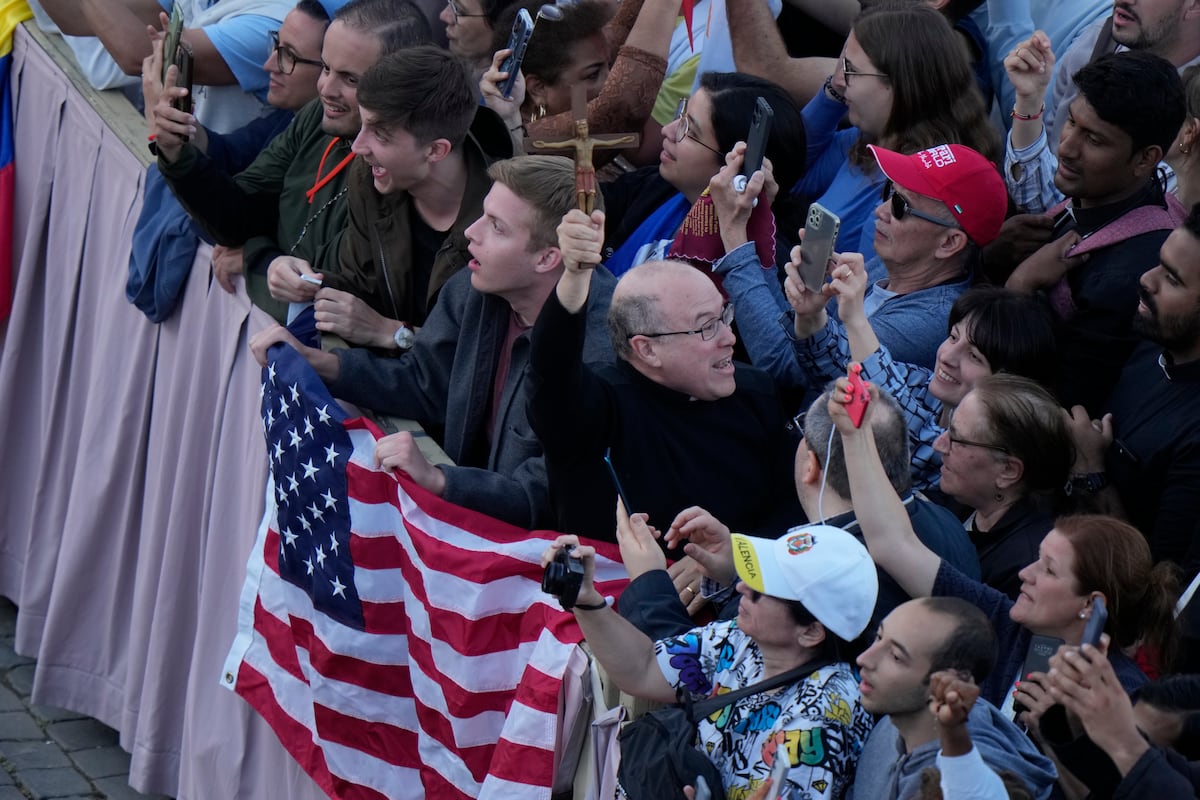

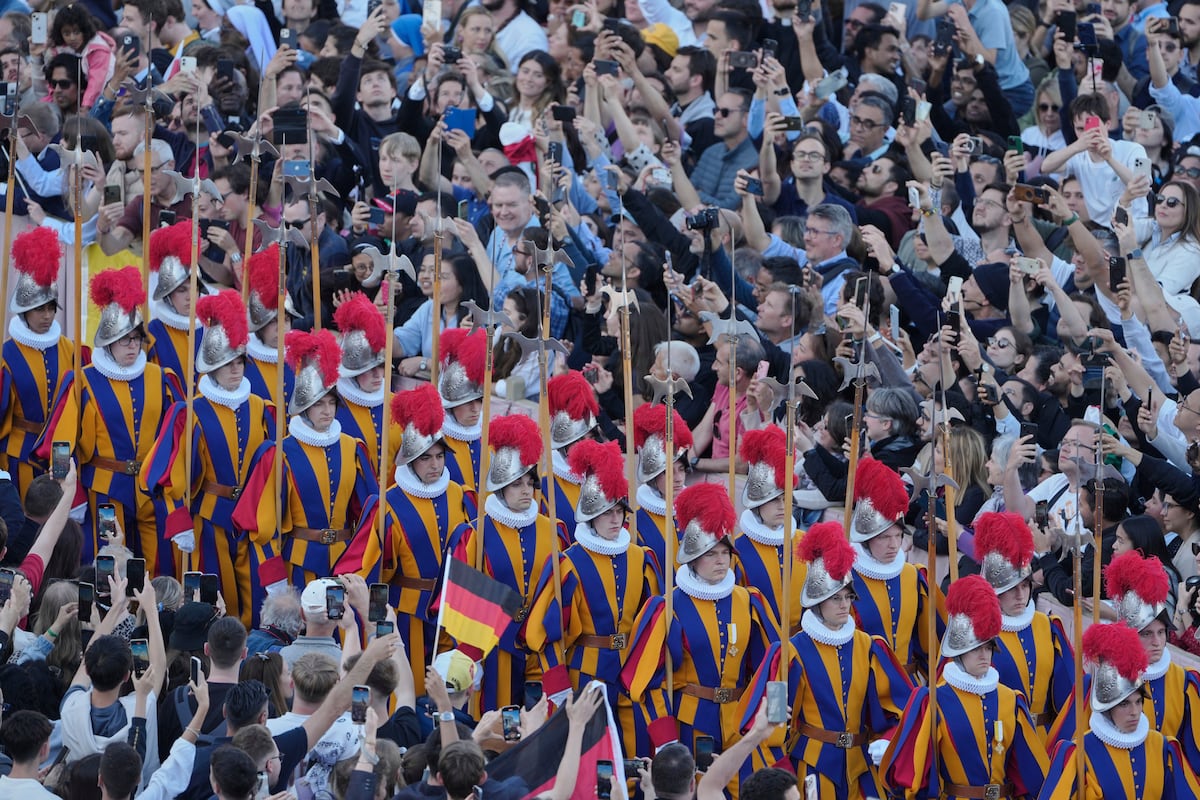
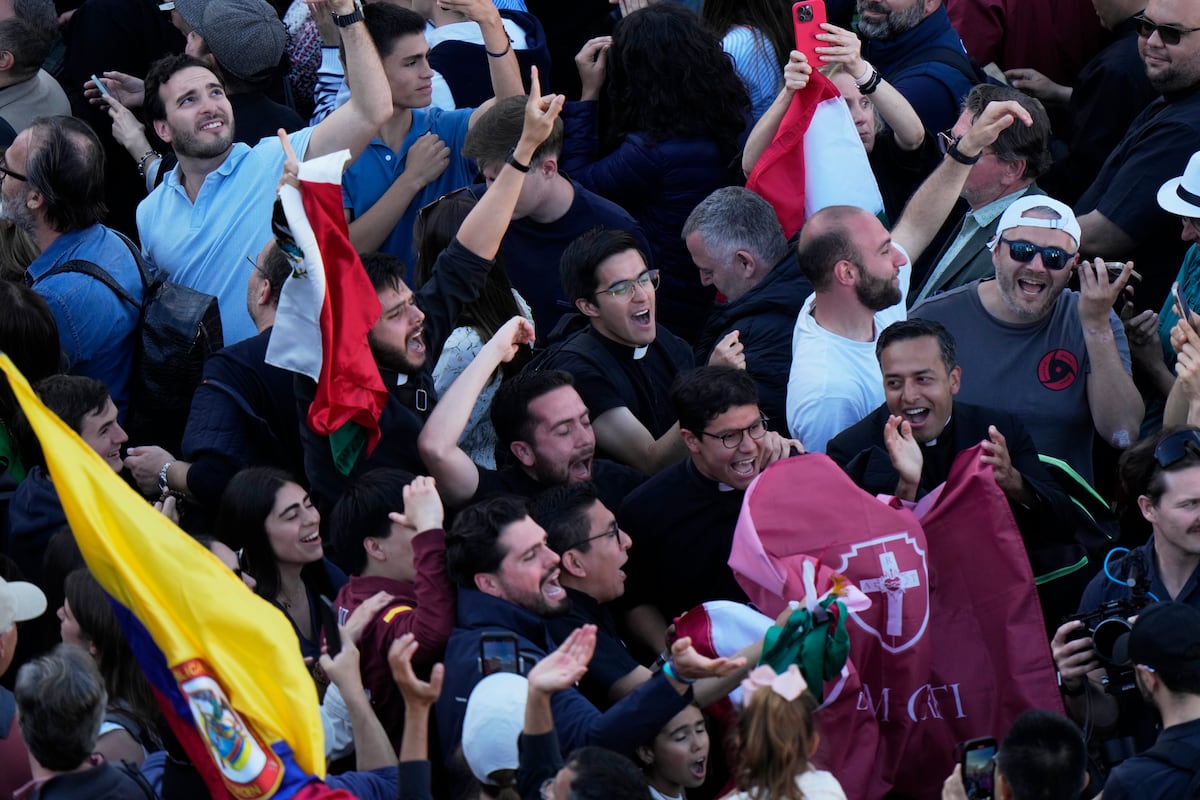
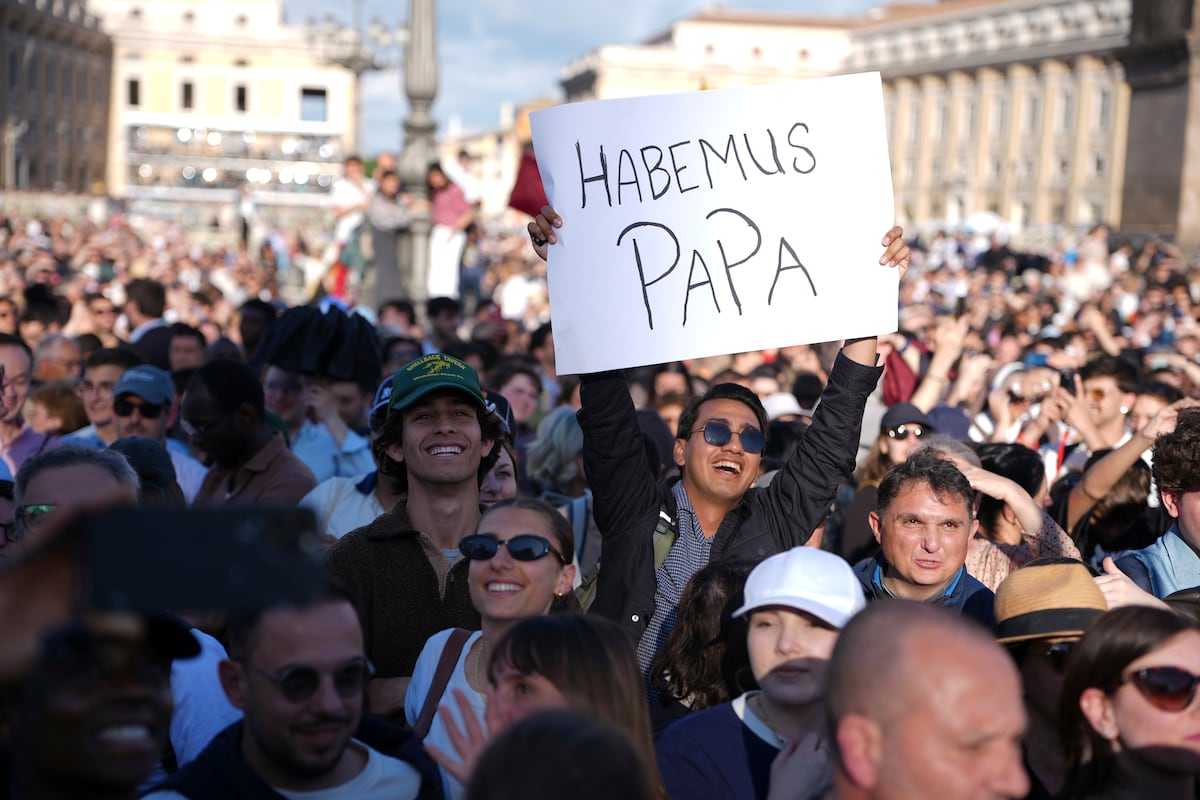
Here are some recent names:
FRANCIS: Pope Francis, elected in 2013, took the name of St. Francis of Assisi, known for his humility, life of poverty and love of all creatures. With it, Francis signaled a papacy focused on those who are often seen as outsiders, including the poor, prisoners and the LGBTQ+ community, while promoting peace, brotherhood and care of the environment.
BENEDICT: Last chosen by German Cardinal Joseph Ratzinger, elected in 2005. Pope Benedict XVI said he wanted to pay homage to Benedict XV, who led the church during World War I and dedicated himself to healing the rifts of war, and to the 6th century St. Benedict, founder of Western monasticism, who helped spread Christianity throughout Europe. One of Benedict XVI’s priorities was trying to revive the faith in Europe. “If we get a Benedict, then we will know that the cardinals chose to see Francis as an anomaly,” Imperatori-Lee said.
JOHN PAUL: The papacy’s first composite name was chosen by Cardinal Albino Luciani in 1978 to honor Pope John XXIII, who opened the Vatican Council II process that reformed the Catholic Church, and Paul VI, who closed it. The name signaled a commitment to reforms, including sidelining the Latin Mass in favor of local languages and opening to other faiths, most significantly Judaism. John Paul I’s papacy lasted just 33 days. Polish Cardinal Karol Wojtyla, who succeeded him, chose the name John Paul II.
Trump says first-ever American pope is a ‘great honor for our country’
President Donald Trump congratulated Pope Leo XIV, whose name is Robert Francis Prevost, on Truth Social.
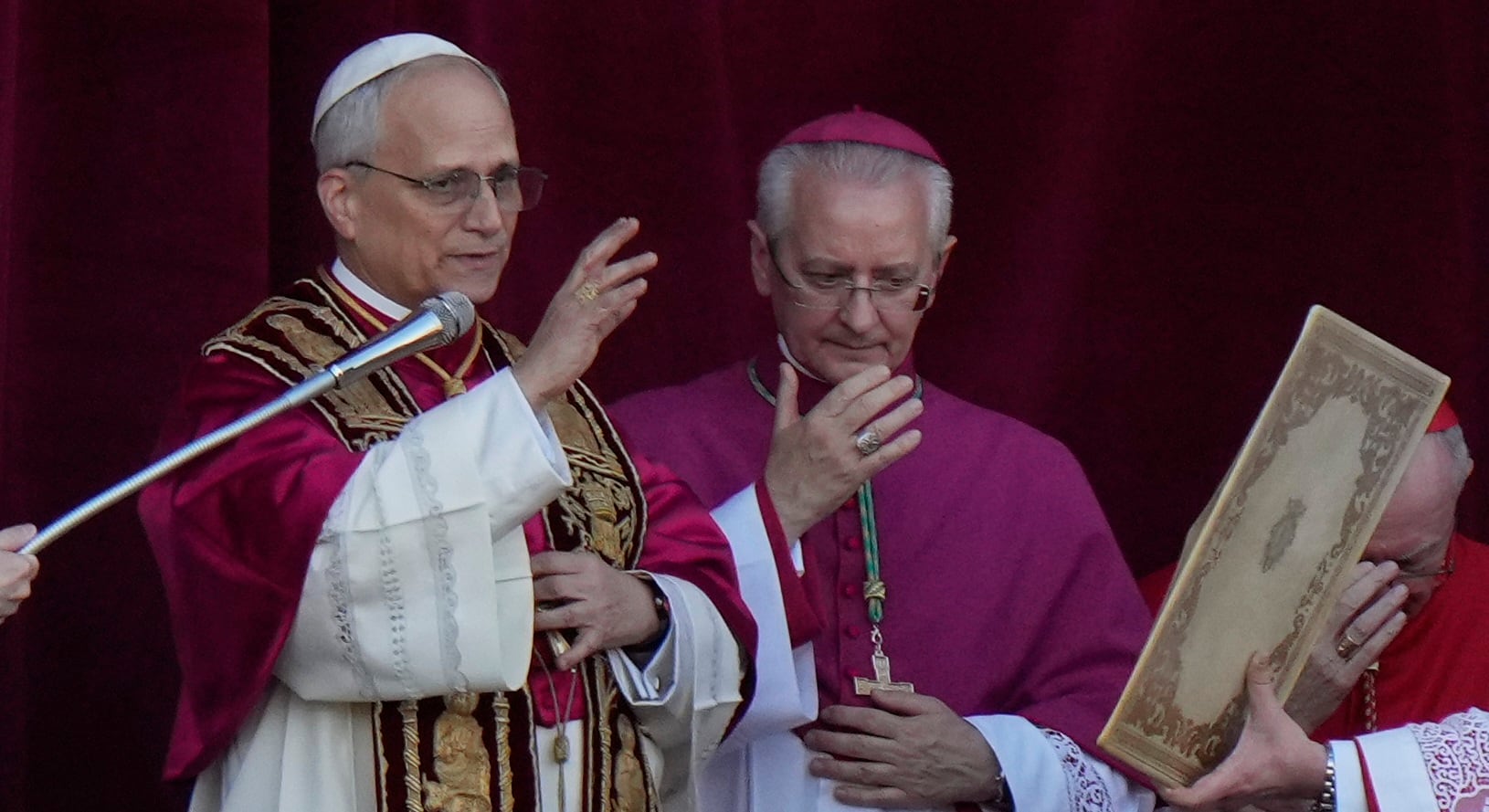
JOHN: Chosen 23 times by popes, most recently in 1958 by Pope John XXIII. John can refer to St. John the Apostle, one of Jesus’ 12 apostles and the author of one of the Gospels, or St. John the Baptist, the prophet who baptized Jesus. “John the XXIII was a pope that no one expected a lot from, but had a colossal impact on the church,” Imperatori-Lee said. “So that could be a sign of what they want their pontificate to be like.”
PAUL: Chosen six times, most recently in 1963 by Paul VI. St. Paul the Apostle spread the teachings of Jesus in the 1st century.
PIUS: It is associated with popes known for their traditionalist, anti-reform bent. Pius IX ordered the kidnapping of the Jewish boy Edgardo Mortara in 1858 and raised him Catholic in the Vatican after learning he had been secretly baptized by a housekeeper; Pius X was the early 20th century anti-modernist who inspired the anti-Vatican II schismatic group, the Society of St. Pius X; Pius XII was the World War II-era pope criticized for not speaking out sufficiently about the Holocaust. “It is now a name that is hostage to some Catholic groups that can be considered traditionalists,” Regoli said.
Copyright 2025 WRDW/WAGT. All rights reserved.















